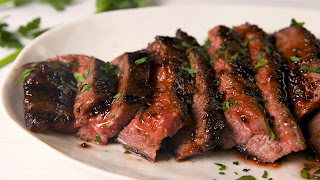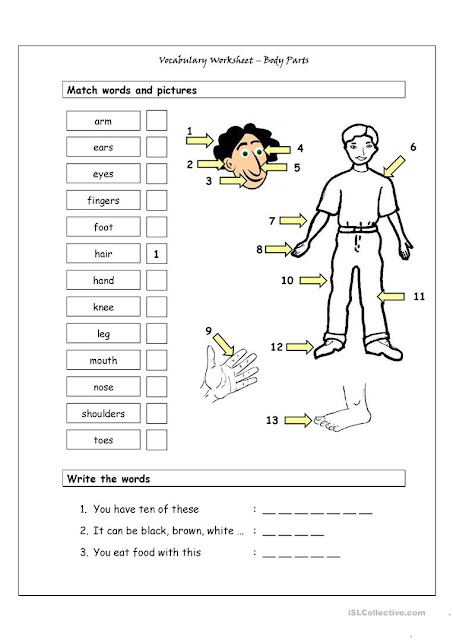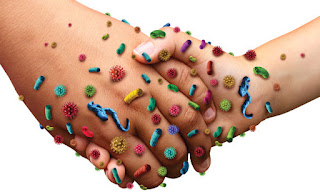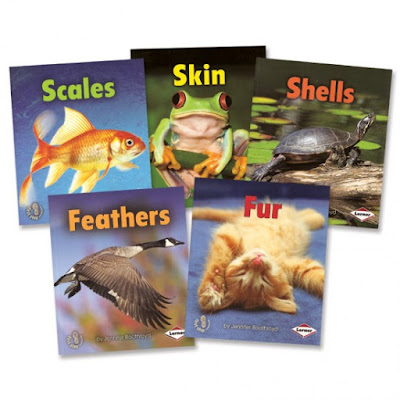Fifth Grade Natural Science
Pollution Recycle Pollution Recycle Pollution
Remember to bring an empty plastic bottle to school on March 31st !!!!
Watch this Video about what happens to plastic when we throw it away. Then answer the following questions on a piece of paper.
Mire este Video sobre lo que le sucede al plástico cuando lo tiramos. Luego conteste las siguientes preguntas en una hoja de papel.
1. Marine animals are impacted by ocean plastic because:
Los animales marinos se ven afectados por el plástico del océano porque:
A. It is full of toxins
B. It traps them, and when they eat it can starve them
C. It takes up space in their natural habitat
D. It kills their food, meaning they're left with nothing to eat
2. What's one way we can reduce plastic's impact on the environment?
¿De qué manera podemos reducir el impacto del plástico en el medio ambiente?
A. By burying it
B. By burning it
C. By shredding it
D. By recycling it.
3. Most plastics don't biodegrade.
La mayoría de los plásticos no se biodegradan.
A. True
B. False
4. Make a list of some products you think recycled plastics could be turned into.
Haga una lista de algunos productos que cree que podrían convertirse en plásticos reciclados.
5. List the ways you could help to reduce plastic waste and its environmental impact.
Enumere las formas en que podría ayudar a reducir los desechos plásticos y su impacto ambiental.
 What is the name of this? Is it a meat or a plant?
What is the name of this? Is it a meat or a plant? What is the name of this? Is it meat or a plant?
What is the name of this? Is it meat or a plant? What is the name of this? Is it meat or a plant?
What is the name of this? Is it meat or a plant?













































